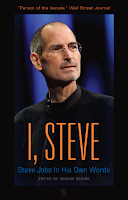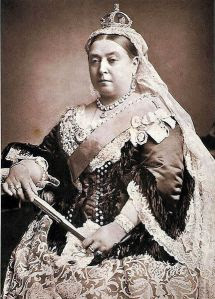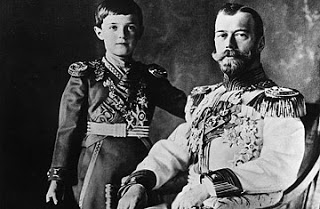A Promising Future with Hemophilia B
1980s. His story is so inspiring! I am pleased to share some of his trials and triumphs, as well as his outlook on hemophilia B and the factor IX product he is helping to bring to market.
by John Taylor Sr.
Nearly 25 years ago when our son, John Taylor Jr., was born, my wife Joyce and I were informed that he had hemophilia B. This diagnosis changed our lives. When your child has hemophilia, it’s all encompassing. As a family, you struggle through it every day. But what started as an unknown,
daunting journey has developed into an expedition of hope.
treatment and support for ourselves and other families coping with hemophilia B, we reached out to the scientific community. This quest led me to incredible passages in life—founding the Coalition for Hemophilia B in 1990, becoming an activist for FDA approval of additional factor treatments, and starting a company dedicated to advancing access to hemophilia B treatment.
development at Inspiration Biopharmaceuticals. I am so proud to see Emergent continue the work we began at Inspiration, and to know that they are seeking to gain approval for IB1001. Emergent’s focus on developing treatments for rare conditions and blood disorders and their experience
in addressing the needs of small patient populations makes them a welcomed addition to the companies serving the hemophilia B community.
 When I reflect on this journey, I can honestly say that every stop along the way—and every person I’ve met from our community—have added incredible value to my life. My son and this amazing community have given me the drive and determination to keep going. When a company like Emergent comes along and commits to understanding and responding to the needs of the hemophilia B community, I can confidently say that my journey has been worthwhile. With dedication and the commitment that come from having lived with the condition, and a thorough knowledge of our
When I reflect on this journey, I can honestly say that every stop along the way—and every person I’ve met from our community—have added incredible value to my life. My son and this amazing community have given me the drive and determination to keep going. When a company like Emergent comes along and commits to understanding and responding to the needs of the hemophilia B community, I can confidently say that my journey has been worthwhile. With dedication and the commitment that come from having lived with the condition, and a thorough knowledge of ourcommunity, we are proud to have been part of the development of a new recombinant factor IX product. Standing with you, from a family like yours. This is a journey we are taking with all of you.
This is a sponsored public awareness notice.





